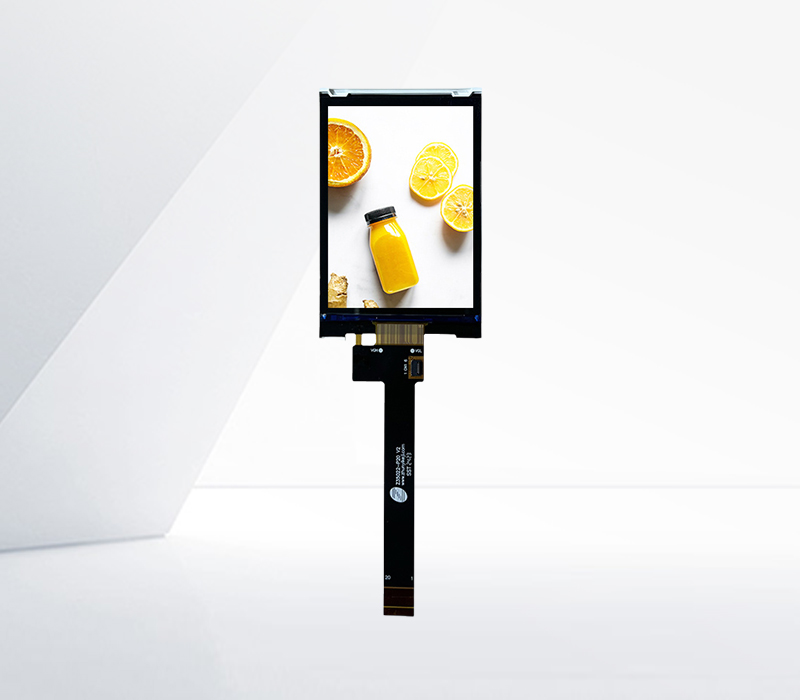




LCD (Liquid Crystal Display) brightness - uniform displays have become a critical requirement in various applications. In an LCD panel, achieving uniform brightness is challenging due to the complex structure and the way light is modulated.
The basic principle of an LCD involves liquid crystals that can change their orientation when an electric field is applied, thereby controlling the passage of light. However, factors such as the backlight unit (BLU) design, the distribution of liquid crystals, and the panel's manufacturing process can all impact brightness uniformity. For example, in a traditional edge - lit BLU, the light source is located at the edges of the panel. This can lead to a phenomenon where the center of the display may be slightly dimmer than the edges if the light diffusion mechanism is not well - designed. To address this, manufacturers are constantly innovating in BLU design. Some use advanced light - guiding plates with precisely engineered micro - structures to ensure more even light distribution across the panel.
In applications such as high - end monitors for graphic design and professional video editing, brightness uniformity is of utmost importance. Graphic designers need to accurately perceive colors and details across the entire screen. A non - uniform brightness display can cause color shifts and make it difficult to create consistent and high - quality work. In medical imaging, where LCD displays are used to view X - rays, MRIs, and other diagnostic images, uniform brightness is crucial for accurate diagnosis. Uneven brightness could potentially lead to misinterpretation of important details in the medical images.
To measure brightness uniformity, industry - standard metrics such as the maximum - to - minimum brightness ratio are used. Manufacturers strive to minimize this ratio to achieve better uniformity. Advanced calibration techniques are also employed during the manufacturing process. These involve using sensors to measure the brightness at multiple points across the panel and then making adjustments to the LCD's driving signals to correct for any non - uniformities. As technology continues to evolve, we can expect even more sophisticated solutions for achieving perfect brightness uniformity in LCD displays, further enhancing the visual experience in a wide range of applications.
